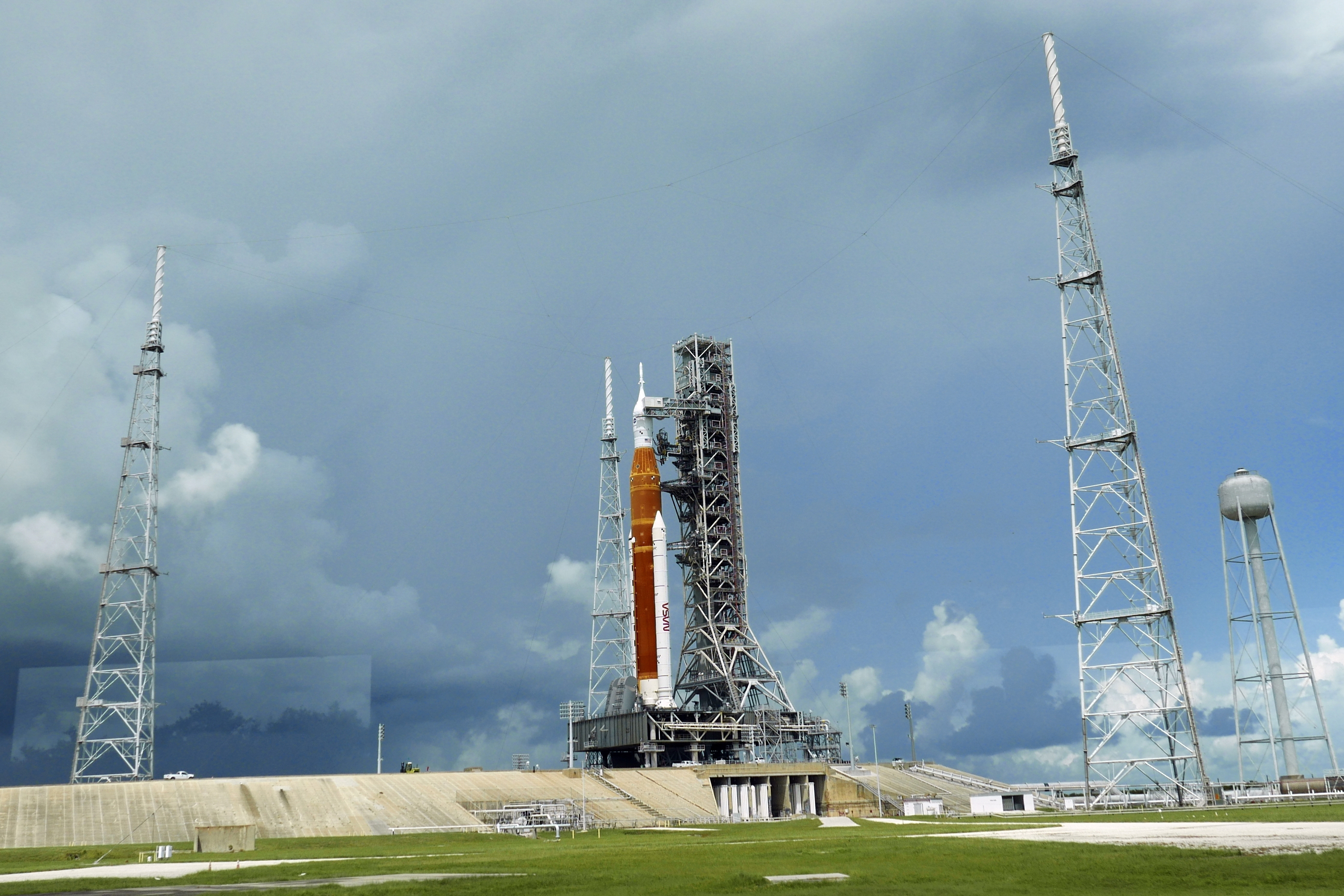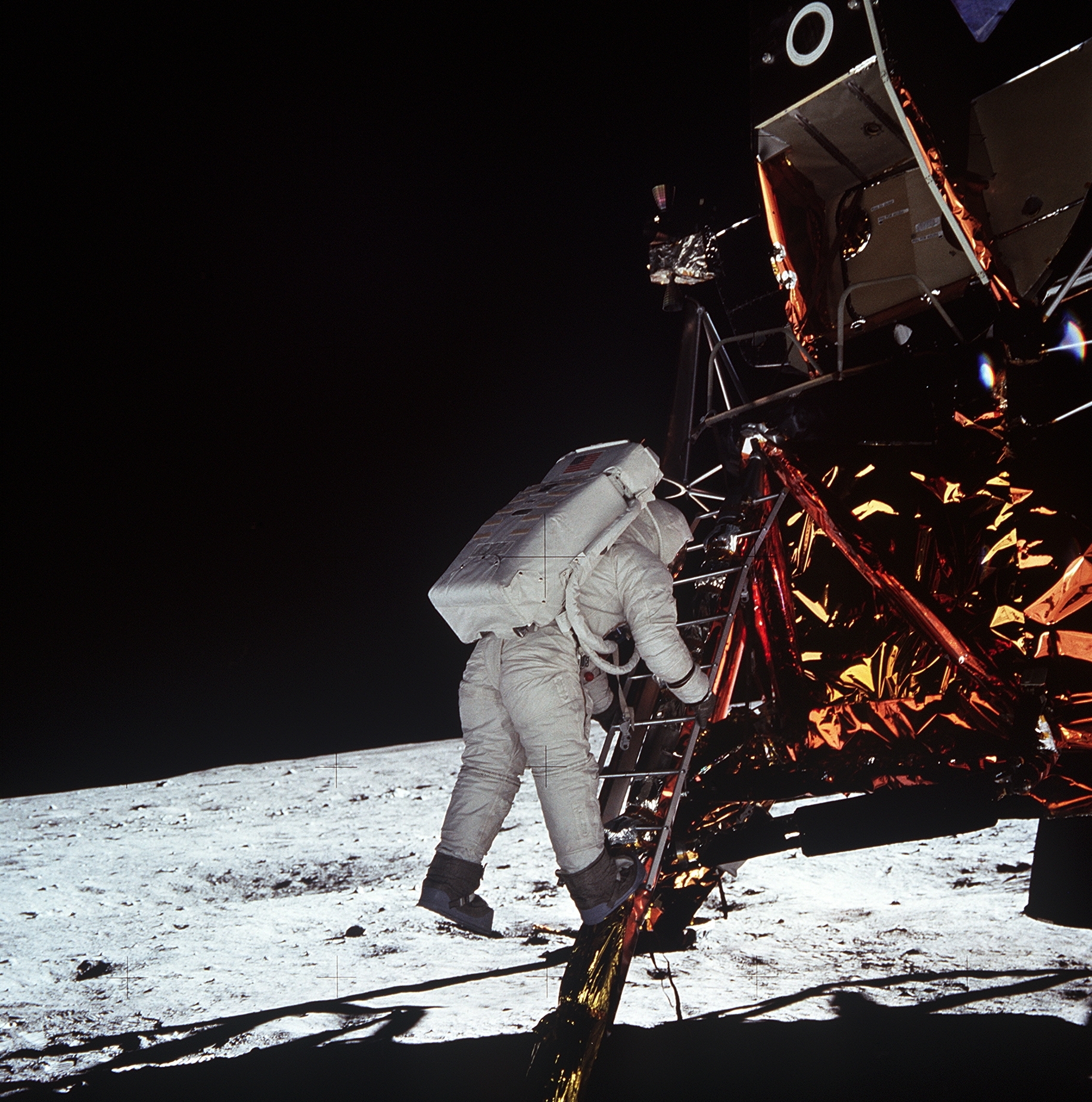Before the lightning strikes, and then the failure, the US Lunar Lunar Rockets re -launch the time!Why has humans never board the moon in the past 50 years?
Author:Daily Economic News Time:2022.08.31
According to CCTV News, on August 30, local time, Mike Salafen, the task manager of the National Aeronautics and Space Agency (NASA) "Artemise 1", said that he will re -launch the "Arthisei on September 3 Miss 1 "Rocket.
Salafen pointed out that on the 29th, one of the engines may have an exhaust problem that one of the engines of the Rockets could not reach the appropriate temperature. Start the engine cooling in advance. He also said that another alternative launch time of "Artemis 1" was set on September 5.
Earlier, according to CCTV News August 28, the "Space Launch System" of the new generation of the moon landing rocket in the United States was planned for the first time on the 29th. Essence

Image source: Visual China-VCG111397996399
"Artemis" plan
"Artemis" is a new moon landing plan announced in 2019. It was originally planned to send US astronauts to the moon again by 2024. One of the main purpose of the new generation of "Space Launch System" (SLS) Rockets is to test the insulation cover of the "Orion" spacecraft, thinking that its first manned around the moon flying plan in 2024 and the 2025 manned lunar month Plan for preparation.
According to the Daily Economic News, the "Space Launch System" is the most powerful rocket system developed by NASA. The core part is built by Boeing and is the basis of the "Artemis" plan. It is reported that the development of the space launch system has been carried out for nearly 10 years, and the progress is more than 5 years later than the original plan, and the cost has repeatedly broke through the budget. According to the estimation of The Planetary Society, the cost of the space launch system has soared from the initial $ 7 billion to about $ 23 billion. NASA estimates that the single launch cost of the space launch system exceeds $ 4 billion.
The entire "Artemis" plan was also troubled by postponing and spending exceeding the standard. According to Reuters, a total of $ 37 billion in space launch systems and "Orion" spacecraft -related projects. Former Deputy Director of the United States Aerospace, Lori Giver, told Reuters that even if it repeatedly extends and added budgets, American astronauts may not be able to regain the moon by 2025.
Why never board the moon after the Apollo plan?
In 1969, the "Apollo Plan" sent American astronauts to the moon for the first time. In 1972, Apollo completed the last moon -landing task on the 17th. Since half a century since then, no human beings have landed on the moon. Why never board the moon after the Apollo plan?
Wu Ji, the chairman of the Chinese Space Science Society and the former director of the National Space Science Center of the Chinese Academy of Sciences, wrote in the "Science and Technology Daily": In fact, the main problem is the funding issue. In the era of the "Space hegemony" in the United States and Soviet, due to political reasons, the US government invested a lot of funds in the Apollo plan. At the peak, 6.5%of the government budget was invested in the Apollo plan. However, after that, political needs are no longer so urgent, and the political significance of continuing to land on the moon has been greatly reduced, and the US government will not take out so much money to invest in projects for space exploration.

Image source: Visual China-VCG31N851489
People can't help but ask, the technical capabilities of the past 1960s may need to spend huge amounts of funds for the moon landing. Now the technology has been more advanced than then, does it cost so much money? This is to talk about the characteristics of government aerospace mission. The government aerospace mission is always one to ensure that the taxpayer's money is spent, especially the manned space task, and it cannot make any mistakes. Although so many years have passed, the characteristics of government aerospace mission have not changed. Therefore, although technology has improved, the cost of tasks has not decreased, even higher than before. This is why 50 years have passed, and humans have not returned to the moon again. Even at the time, the Rockets with the largest thrust of human beings so far, Saturn 5, the largest thrust, no longer existed.
However, this situation has changed in recent years. On the one hand, commercial aerospace has gradually emerged. Due to the different sources of funding and the promotion of the market, the cost of human beings entering space through technological innovation and recycling and recycling technology has dropped, and it has now dropped to 1/10 of the government aerospace cost; On the other hand, Europe, Japan, China, and India have launched a moderate moon exploration plan with moderate funds. In particular, China’s "Chang'e Project" has been successfully implemented several times in a row, and three of which have been successfully landed, and one successfully brought lunar samples back to the earth. These plans have broken through the 1960s and 1970s to varying degrees. The United States and the Soviet Union's monopoly on the exploration of the moon and the pressure of "space competition" have also forced countries to accelerate the testing and research and development of related technologies, and indirectly promoted the implementation of the manned moon landing plan.
Daily Economic News Comprehensive CCTV News, Science and Technology Daily
Daily Economic News
- END -
Zelei: Never accept it
Ukrainian National News Agency reported on the 17th local time that Ukrainian President Zelezki and Canadian Prime Minister Trudeau talked on the same day to discuss the strengthening of sanctions on
The Russian army killed more than 100 President of Poland and Germany Mercenary Ukraine to lift the positions of the heads of security departments in multiple regions
Xinhua News Agency, Moscow, August 16th. The Russian Ministry of Defense spokesman Konashenkov reported on the 15th that the Russian and Air Force had cracked down on a temporary deployment point of a